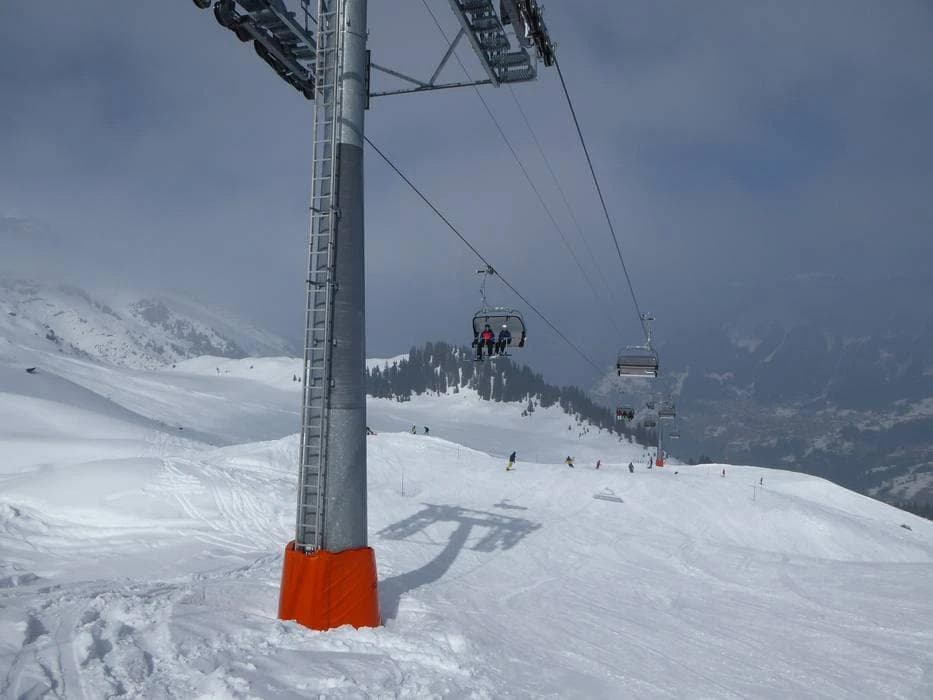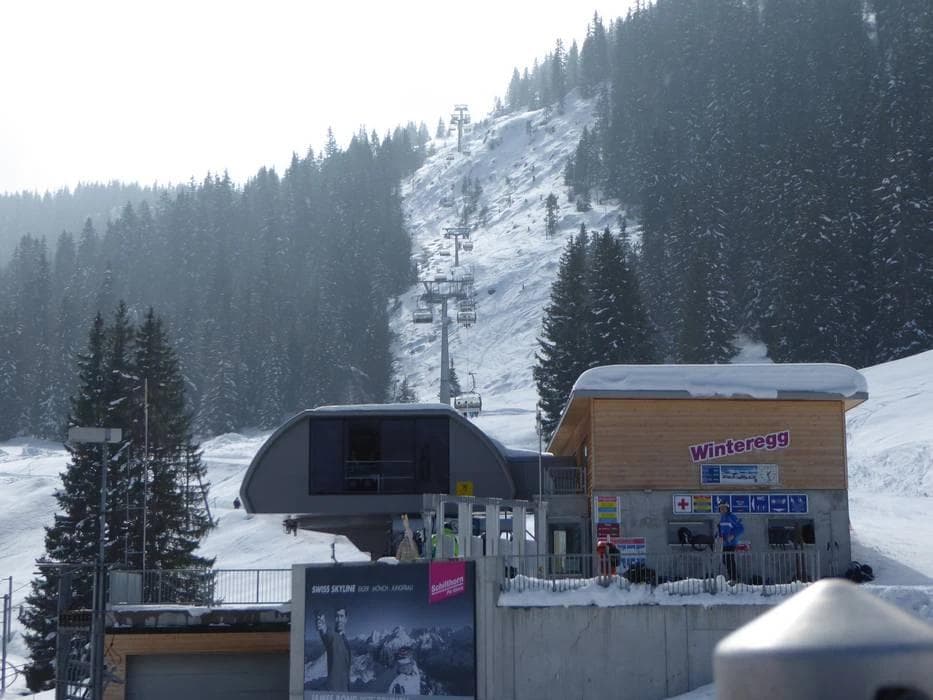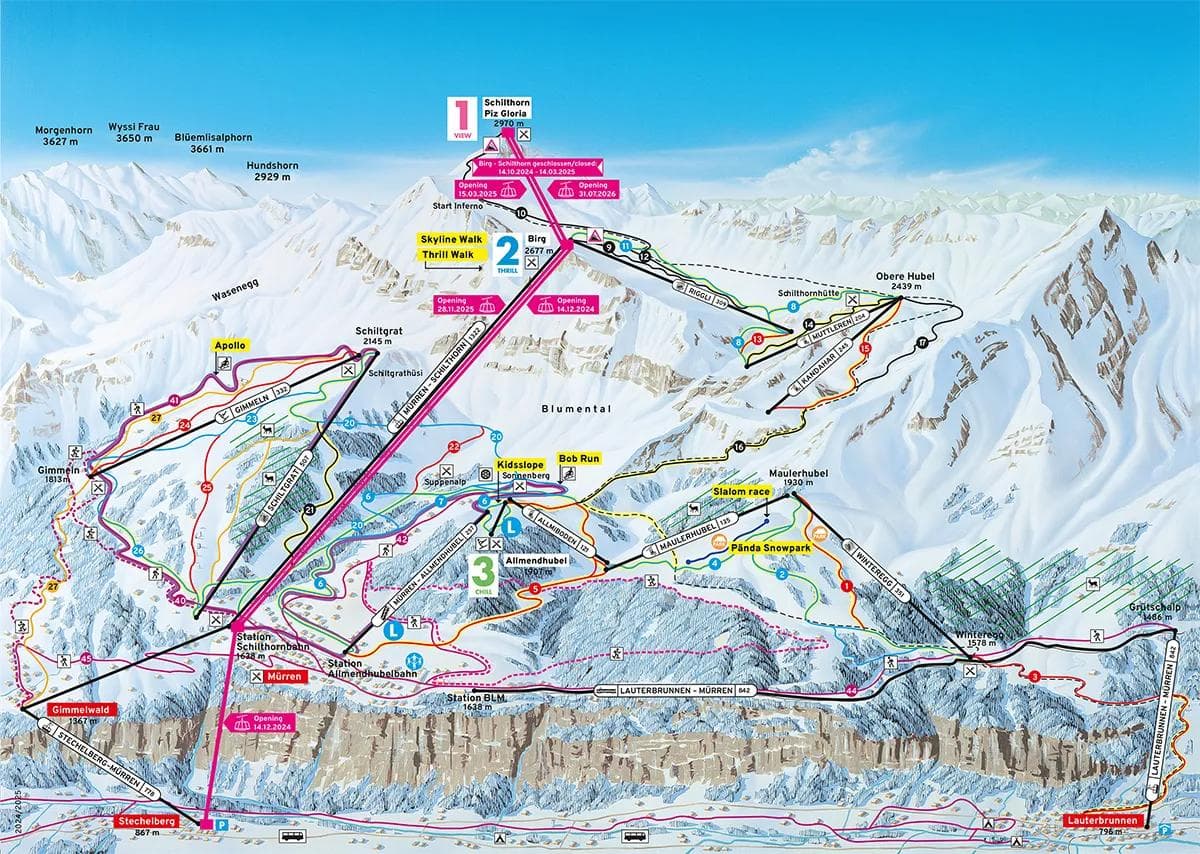
Schilthorn Adopts AI-Powered Chairlift System: Doppelmayr-Garaventa's AURO Technology
Published Date:
Categories
AI Takes the Helm: Schilthorn's Automated Chairlift Gambit
Schilthornbahn AG is set to introduce artificial intelligence to its Winteregg chairlift for the 2025/26 ski season. The move, part of a broader digitalisation push, will see the implementation of Doppelmayr-Garaventa's AURO (Autonomous Ropeway Operation) system. While the resort touts enhanced safety and operational efficiency, the development raises questions about the changing face of ski area management and the potential implications for both guests and staff.
The AURO system, which utilises AI-powered image processing, represents a significant shift in lift operations. Its ability to analyse real-time video data and make instant decisions about lift speed and shutdowns certainly sounds impressive on paper. However, as with any new technology in safety-critical applications, healthy scepticism is warranted.

At the heart of the system are multiple cameras and sensors monitoring the unloading area, with AI algorithms trained to detect potentially dangerous situations. The technology promises faster reaction times than human operators, potentially reducing the risk of accidents. However, the true test will come in real-world conditions, where variables like weather, lighting, and unpredictable human behaviour come into play.
Perhaps more telling is Schilthornbahn AG's frank admission that the system is expected to reduce staffing costs by about a third. While Director Christoph Egger notes plans to maintain human oversight initially, particularly during peak periods, the long-term goal appears to be single-person operation. This move is positioned as a solution to skilled labour shortages, but it's worth considering the broader implications for employment in ski communities and the potential loss of the human touch in resort operations.
The price tag for this technological upgrade is not insignificant. At 350,000 Swiss francs (approximately AUD 610,000), it represents a substantial investment. While the resort may recoup this through reduced labour costs over time, it's unclear whether these savings will translate to better value for skiers and riders.

The adoption of AI-powered lift systems is not entirely new, with cabin lifts utilising similar technology since 2020. The expansion to chairlifts, however, marks a significant step in the automation of ski resort operations. As more resorts potentially follow suit, it could reshape the industry landscape.
While increased safety is always welcome, the move towards automation in ski resorts should be viewed with a critical eye. The reduction in human staff could potentially impact the overall guest experience and emergency response capabilities. Moreover, the reliance on complex technology introduces new points of failure that could affect lift reliability.
Ultimately, the success of Schilthorn's AI chairlift experiment will be judged not just on its technical performance, but on how it impacts the overall skiing and riding experience. As the industry watches closely, it's clear that the balance between technological advancement and maintaining the essence of mountain culture will be a key challenge for ski resorts moving forward.



